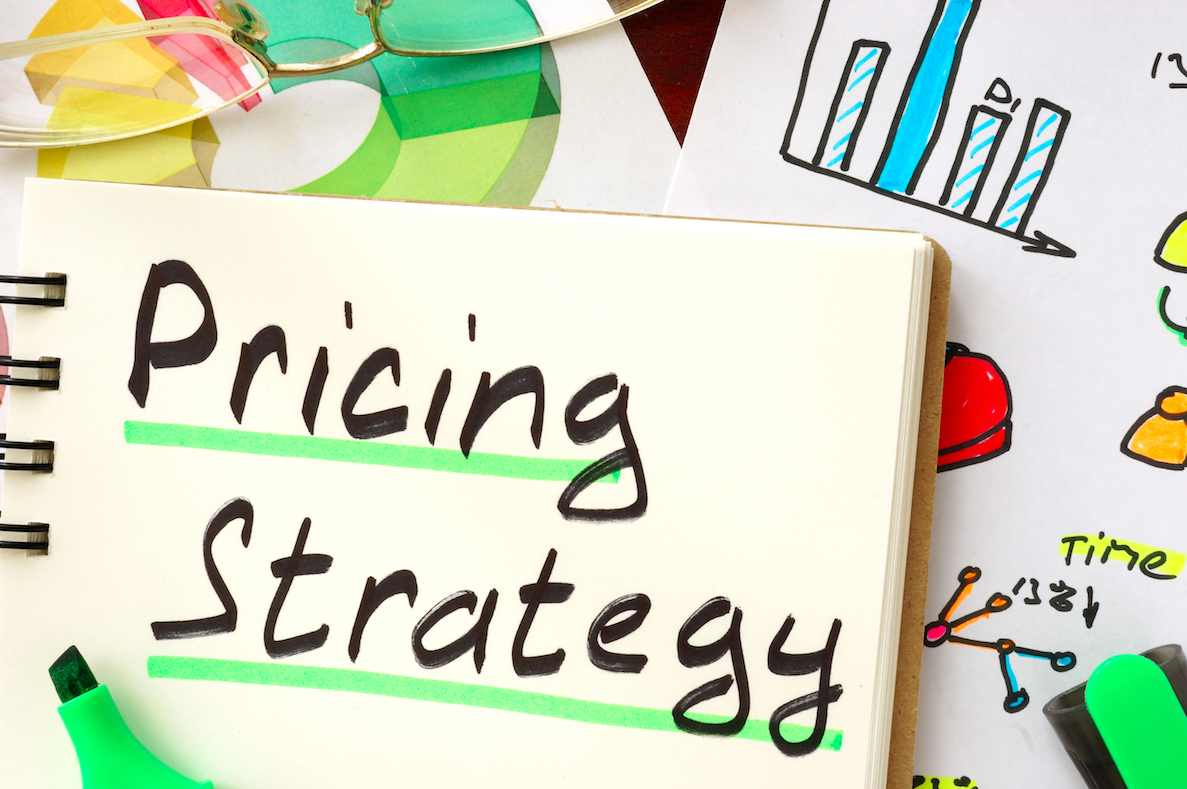
One of the most important and challenging decisions that you can make as a small business owner is how to set your prices. There’s a lot of work that goes into the number a consumer sees on a tag, or that a client sees from a vendor. Still, pricing doesn’t come down to an exact science. Rather, it involves weighing multiple factors and putting together an accurate picture of what your product is worth, how much it costs you to produce, and how much your customers will pay.
Here’s a breakdown of the most important factors to consider when setting prices for your goods:
Market research
Before you can begin to think about attaching a number to your goods or services, it’s crucial that you have a strong understanding of the market they fall into. How similar products are priced, and how well they’re selling at that price, are valuable pieces of information that will show you where your business fits into the market at large. Be sure to take variations into account among your competitors — does geographic location affect pricing? Does using different materials change the amount customers are willing to pay? No detail is too small when doing your initial research.
Value
In addition to knowing what price consumers are currently paying for products like yours, it’s important to know how they value these products. Are they daily necessities? Are services like yours the kind that are earmarked in an annual budget because customers can’t operate without them? Or are they more optional, such as luxury goods or services? The value that your products offer will give you insight into where you lie in the spectrum of the marketplace.
Cost of goods
No one should set a price for a product without having any idea how much it will cost to produce that product. The goods that you will need, be they cashmere for your sweater business or social media algorithms for your marketing business, will be a recurring cost, and your supply chain will break down without them. Using the market research you’ve compiled, now is the time to combine it with your production costs to get a realistic idea of how much profit you can make on each unit.
Labor
Labor is the other major production cost that can’t be ignored when setting prices. Particularly for service businesses, labor is a fixed cost that will affect your total overhead and increase your production costs. If particularly skilled labor is needed, you’ll want to be sure to factor that into your pricing.
Additional overhead
Running a business involves many additional costs, from rent for your storefront or office to new equipment to heating and cooling your plant during the cold and warm months. These costs all factor into the total cost of production, and so they must be calculated and considered in setting your prices. Otherwise they will cut into profits and throw your business plan out of whack.
Distribution
Another major cost that no business owner can ignore is distribution. Shipping, drivers, and other means of transporting your product to where it needs to go will be fixed costs that must always be factored into the total cost of production.
Economies of scale
In addition to ascertaining your production costs now, you also want to consider the future when setting prices. What will change in your costs as you grow? Will you need to open more plants or offices? What costs can you account for in your strategy, even when you’re just starting out? Staying ahead of these types of expenses will give you a leg up, even at the beginning when you’re starting from scratch.
There is no perfect way to set prices, but a smart pricing strategy involves knowing what factors to pay attention to, and what information to gather. Follow these criteria in your research, and you’ll be in good shape to set the best possible price for your products.